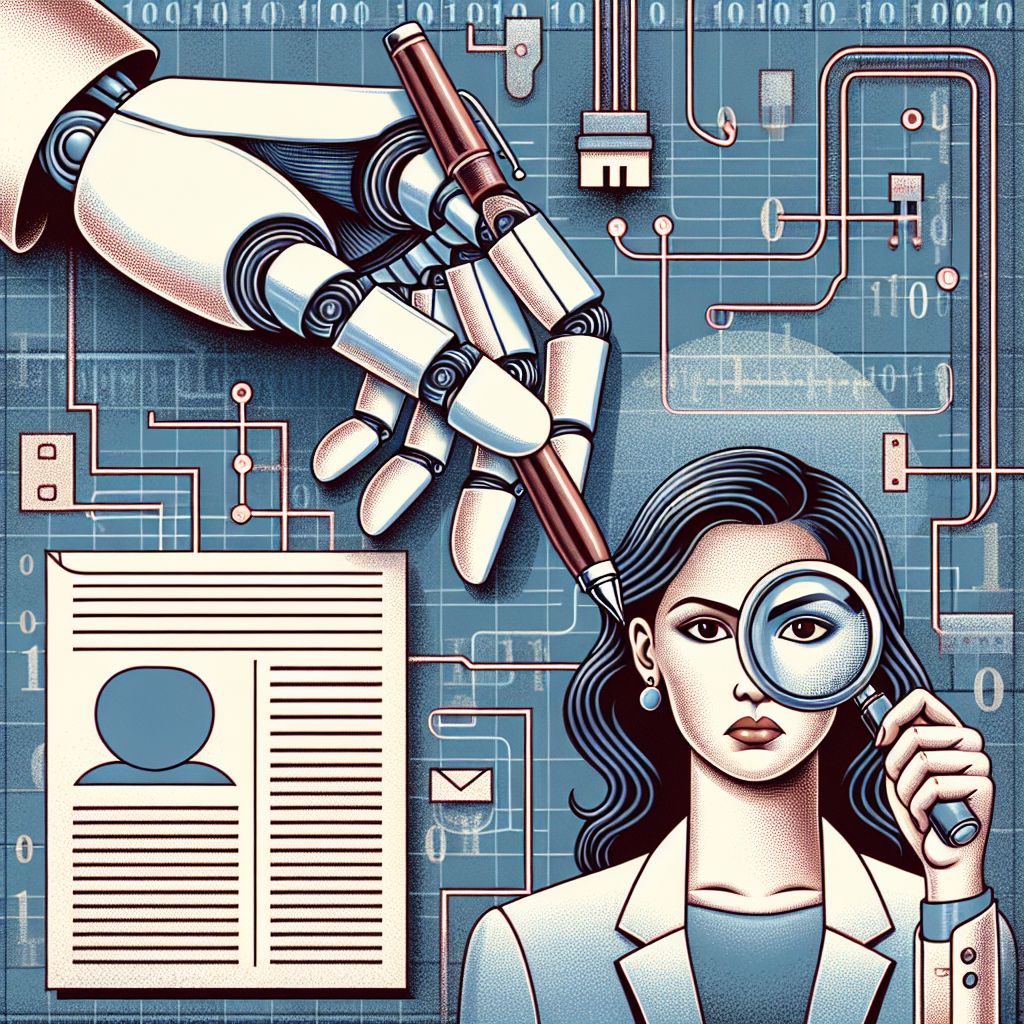Artificial Intelligence (AI) has revolutionized many industries, including journalism. From automated news writing to personalized content recommendations, AI has the potential to streamline processes and provide more relevant information to audiences. However, with this advancement comes risks that could threaten the very core of journalism – objective reporting.
One of the main risks of AI in journalism is the potential for bias in automated content generation. AI algorithms are designed to analyze vast amounts of data to generate news stories quickly and efficiently. However, these algorithms are only as good as the data they are fed. If the data used to train the AI is biased or incomplete, the resulting news stories will also be biased or inaccurate.
Another risk is the potential for AI to perpetuate misinformation. With the rise of fake news and disinformation campaigns, AI-powered tools can be used to spread false information at an unprecedented scale. Deepfakes, for example, can be created using AI algorithms to manipulate audio and video recordings to make it appear as though someone said or did something they did not. This can have serious implications for the credibility of news sources and the trustworthiness of journalism as a whole.
Furthermore, the use of AI in journalism can also lead to job displacement. As news organizations increasingly rely on AI-powered tools for tasks such as content creation, editing, and fact-checking, there is a risk that journalists and other human employees will be replaced by machines. This could have a negative impact on the quality of journalism, as AI lacks the critical thinking skills and ethical judgment of human journalists.
Overall, the risks of AI in journalism pose a serious threat to the integrity of objective reporting. In order to address these risks, news organizations must be vigilant in monitoring and mitigating bias in AI algorithms, verifying the accuracy of AI-generated content, and ensuring that human journalists play a central role in the editorial process.
FAQs:
Q: How can journalists ensure that AI-generated content is unbiased?
A: Journalists can ensure that AI-generated content is unbiased by carefully monitoring the data used to train the AI algorithms, testing the algorithms for bias, and fact-checking the content before publication. It is also important for journalists to maintain editorial oversight and to involve human journalists in the content creation process.
Q: What can news organizations do to combat the spread of misinformation through AI?
A: News organizations can combat the spread of misinformation through AI by developing and implementing robust fact-checking processes, educating their audiences about the dangers of fake news, and working with tech companies to develop tools to detect and remove false information. It is also important for news organizations to prioritize accuracy and transparency in their reporting.
Q: Will AI eventually replace human journalists?
A: While AI has the potential to automate certain tasks in journalism, such as content creation and editing, it is unlikely that AI will completely replace human journalists. Human journalists bring a level of critical thinking, ethical judgment, and creativity that AI lacks. Instead, AI is more likely to complement human journalists by streamlining processes and providing valuable insights.
In conclusion, the risks of AI in journalism are real and must be taken seriously by news organizations and journalists. By being proactive in addressing bias, misinformation, and job displacement, the journalism industry can harness the power of AI while maintaining the integrity of objective reporting. It is crucial for journalists to remain vigilant, ethical, and committed to upholding the principles of journalism in the digital age.

